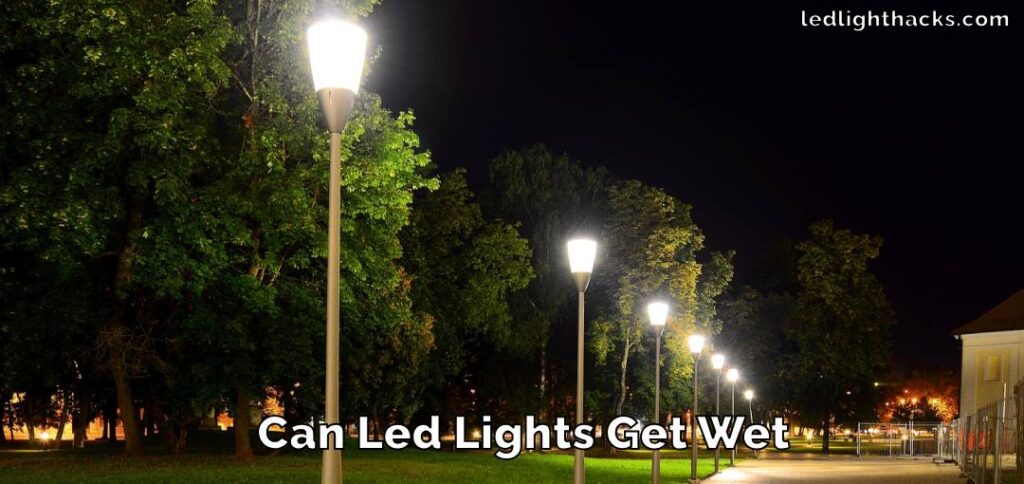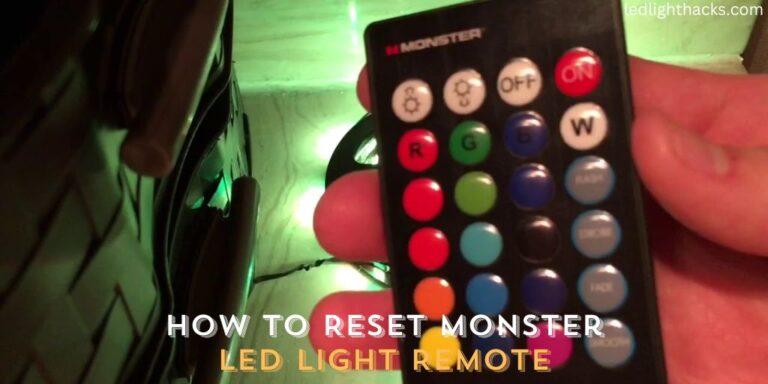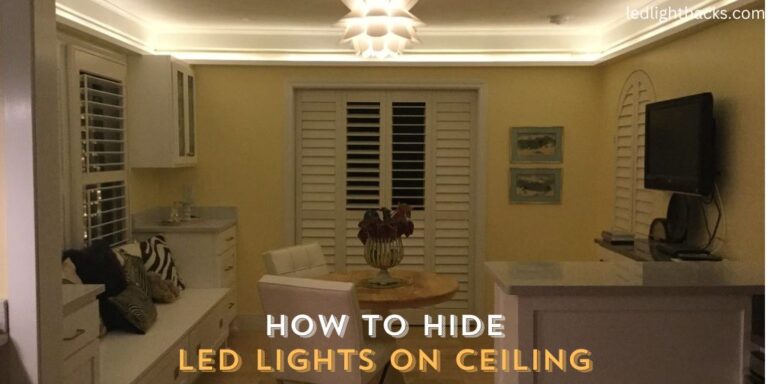How to Make LED Lights Warmer
LED lights are super popular because they save energy and last a long time. But sometimes, they’re just too bright or give off a cold vibe that doesn’t feel cozy. We’re here to help you fix that. You can make your LED lights warmer and your space more welcoming without needing to know a lot of technical stuff.
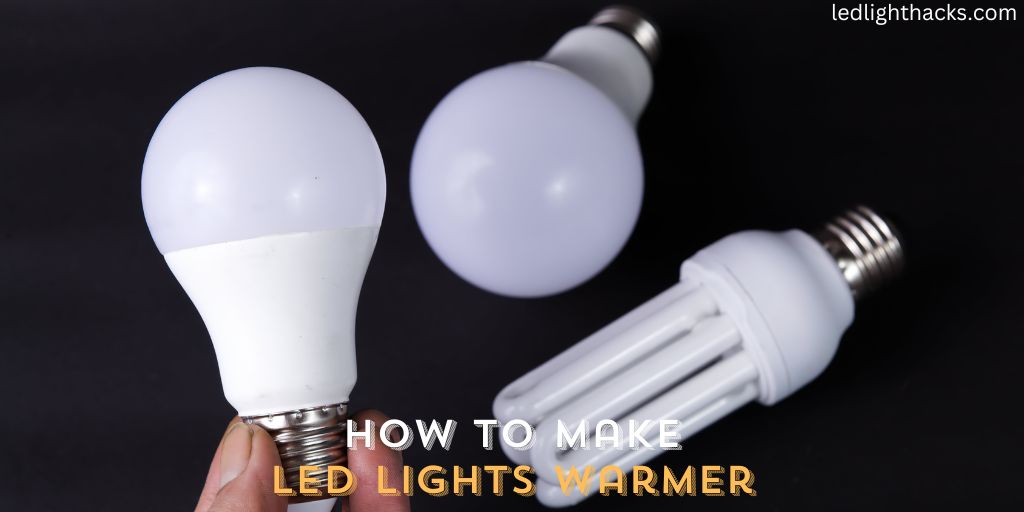
We’ll show how to make LED lights warmer you have different ways to adjust your LED lights, from changing their settings to adding things that can change their color and brightness. We’ll even tell you what tools you might need.
This guide is easy to follow, without any complicated words or technical talk, so anyone can understand it. By trying out these tips, you can keep enjoying the good things about LED lights without dealing with the harsh, cool light.
Why Make LED Lights Warmer
Adjusting LED lights to emit a warmer glow offers several benefits, making it a desirable choice for many. Firstly, warmer lighting creates a cozy and welcoming atmosphere in any room.
This kind of light resembles the soft, gentle glow of a sunrise or sunset, often associated with calmness and relaxation. It’s particularly appealing in living spaces or bedrooms where a peaceful and comfortable environment is key. Moreover, warmer LED lights are gentler on the eyes.
Bright, cool-toned lights can cause discomfort and contribute to eye strain, especially when used for extended periods. Warmer lights, with their softer hue, reduce this strain, making them a better choice for reading, working, or relaxing.

Another significant advantage of warmer LEDs is their contribution to the overall aesthetic of a room. They can enhance the look and feel of a space, making it appear more inviting and homely.
This type of lighting can accentuate the colors and decor of your room, adding to its visual appeal. Lastly, there’s a notable impact on mood and well-being. Studies suggest that warmer light can induce a sense of calm and help in winding down at the end of the day.
This can be particularly beneficial in managing stress and improving overall comfort in your living or working environment. Thus, warming up your LED lights is not just about changing their appearance it’s also about enhancing your quality of life and well-being.
Tools Needed to Make LED Lights Warmer
To make LED lights warmer, certain tools can be very useful. Here’s a list of them:
- Dimmer Switches: These allow you to control the brightness of your LED lights. By reducing the brightness, you can create a softer, warmer light. This is especially helpful in areas where you need flexibility in lighting, like living rooms or bedrooms.
- Color Temperature Filters: These are thin films or sheets that you can place over your LED lights to change their color temperature. By choosing filters with a warmer tone, you can transform the light from a stark, cool white to a gentle, warm glow. This is a quick and cost-effective method.
- Adjustable LED Bulbs: Some LED bulbs come with adjustable color temperatures. You can switch these bulbs from a cool to a warm light depending on your preference. These bulbs are particularly versatile and can be used in various settings.
- Lamp Shades: Adding a lampshade to your LED light fixture can also help in softening the light. Choosing shades with warmer colors or materials can effectively change the light’s appearance to a warmer tone.
- Smart LED Systems: These are advanced lighting systems that you can control with a smartphone or a remote. You can adjust both the brightness and the color temperature to get the perfect warm light for your space.
Each of these tools serves a specific purpose in adjusting the warmth of LED lights, and you can choose one or combine several depending on your needs and the specific setup of your space.
How to Make LED Lights Warmer
Want to make your LED lights feel warmer and cozier? It’s easier than you might think. Here’s a straightforward guide on how to do it:
1. Dimmer Switches
- First, find a dimmer switch that works with your LED lights. Check your bulbs to see if they’re dimmable.
- Second, safely turn off the electricity at the breaker box before you touch any wires.
- Third, take out the old switch and put it in the dimmer. Follow the instructions that come with it or get an electrician if you’re not sure.
- Finally, turn the power back on and adjust the dimmer until the light feels right.

2. Color Temperature Filters
- Start by measuring your LED light so you know what size filter you need.
- Then, buy a filter that’s a warm color (lower Kelvin numbers mean warmer light).
- Next, if needed, cut the filter to fit your light.
- Last, attach the filter to the LED light. Sometimes, you can just tape it on.
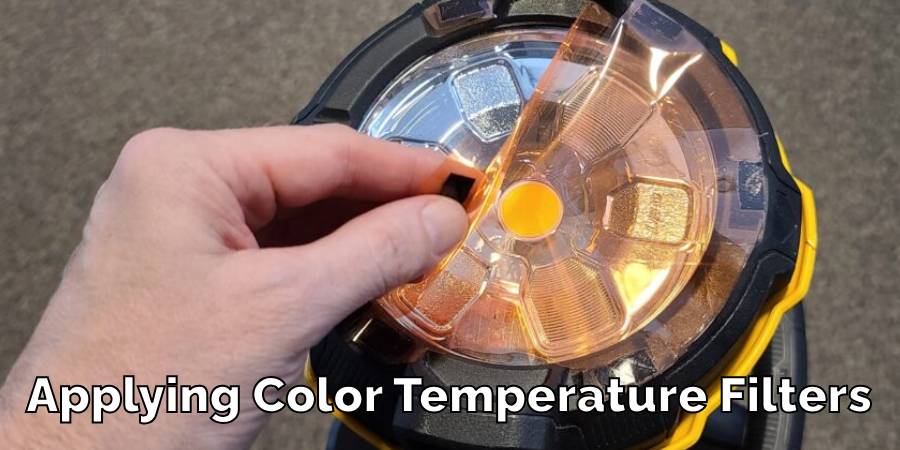
3. Warmer LED Bulbs
- First, learn about color temperature. Warm light is usually between 2700K and 3000K.
- Then, buy LED bulbs that match your light fixture and have the warm color temperature you want.
- Finally, replace your old LEDs with the new, warmer ones.

4. Lamp Shades
- Pick lamp shades that are warm in color or made from materials that soften light.
- Attach the lamp shade to your fixture or lamp.
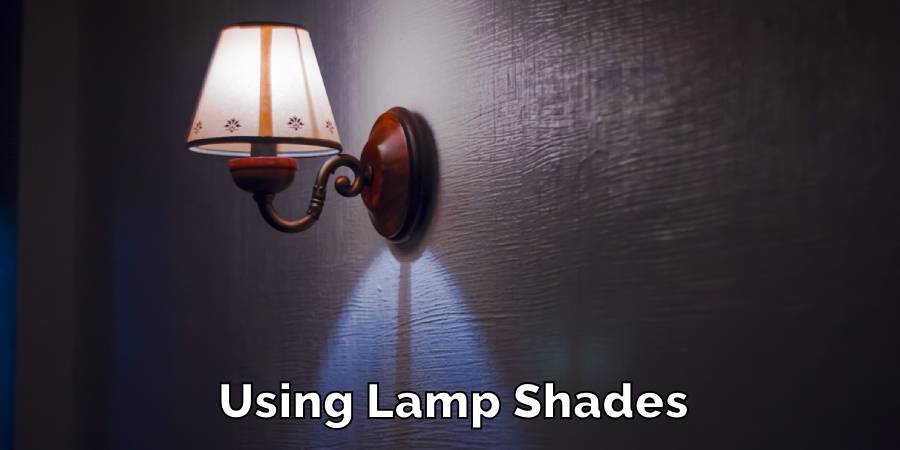
5. Smart LED Systems
- Buy smart LED bulbs or systems that let you change color temperature.
- Replace your current bulbs with the smart ones.
- Download the needed app and connect the bulbs to your phone.
- Adjust the light’s brightness and color temperature to a warmer setting through the app.
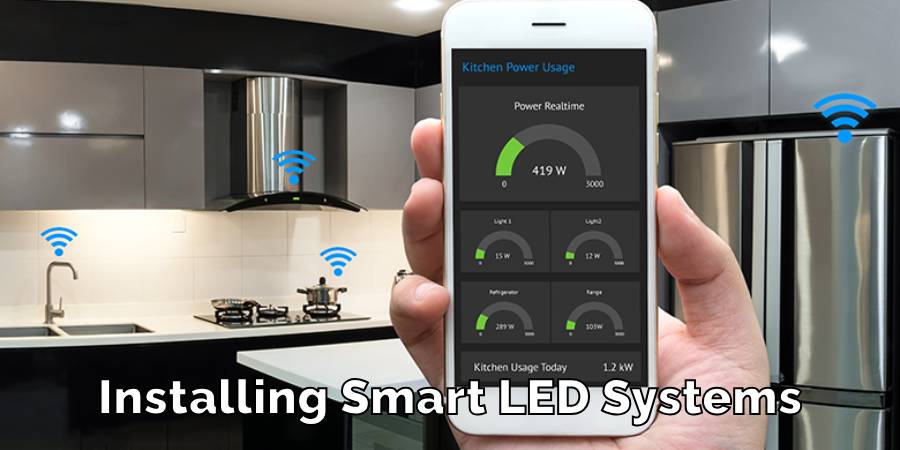
A Few Tips
- Safety first: Always make sure the power is off before doing any electrical work.
- Check compatibility: Ensure your LEDs can dim or change color temperature.
- Try things out: Don’t be afraid to experiment with different methods or combinations.
- Get help if needed: If electrical work isn’t your thing, hiring a professional is a good idea.
By following these steps, you can soften the glow of your LED lights to make your space more inviting. It’s all about finding what works best for you and your home.
Precaution while Making LED Lights Warmer
When modifying LED lights to make them warmer, it’s essential to prioritize safety and ensure that the changes are effective and lasting. Here are some key precautions:
- Check Compatibility: Before purchasing dimmer switches or color temperature filters, confirm that they are compatible with your specific LED lights. Not all LEDs work with these accessories, so it’s important to read the product specifications.
- Turn Off Power: Always switch off the main power at the circuit breaker before attempting any electrical work. This is crucial to prevent electric shock.
- Read Manufacturer Guidelines: Each LED light and accessory comes with manufacturer instructions. Adhering to these guidelines ensures that you don’t inadvertently damage the lights or void any warranties.
- Handle with Care: When installing new bulbs or accessories, handle them gently. LED bulbs and components can be sensitive and may break or malfunction if mishandled.
- Avoid Overheating: Ensure that any filters or shades used do not cause the LED lights to overheat. Good ventilation is important for the longevity of the LED bulbs.
- Seek Professional Help if Unsure: If you’re not confident in doing electrical work or if the installation process seems complex, it’s wise to hire a qualified electrician. This ensures the job is done safely and correctly.
- Regular Checks: After modifying your LED lights, regularly check them for any signs of damage or malfunction. This includes flickering, unusual sounds, or excessive heat.
By following these precautions, you can safely adjust your LED lights to a warmer tone, ensuring both safety and satisfaction with your lighting.
FAQs
How Do I Make My LED Lights Less Harsh?
To reduce the harshness of LED lights, you can use dimmer switches or choose LEDs with a lower color temperature. Dimmer switches allow you to adjust the brightness to a comfortable level, softening the light and making it less intense.
When shopping for LEDs, look for bulbs with a color temperature of around 2700K to 3000K, which emit a warmer, more yellowish light, similar to traditional incandescent bulbs. This warmth is easier on the eyes and creates a more pleasant atmosphere in your home.
Can You Get Warm LED Lights?
Yes, LED lights are available in a range of color temperatures, including warmer options. The color temperature of a light bulb is measured in Kelvin (K). Lower Kelvin numbers mean the light is warmer and more yellow, similar to the glow of a sunrise or sunset.
Warm LED lights usually fall in the range of 2700K to 3000K. When purchasing LED lights, look for this information on the packaging or in the product description. This will help you choose LEDs with the warm, cozy glow you’re aiming for.
How Do You Change the Temperature of an LED Light?
Changing the temperature of an LED light can be done in a couple of ways. One method is to use color temperature filters. These are transparent, colored sheets that you can place over the light to change its color and warmth.
Another way is to replace your current LED bulbs with ones that have the desired color temperature. For instance, if you want a warmer light, choose bulbs with a lower Kelvin rating (around 2700K to 3000K). Both methods are effective and can significantly alter the feel of the light in your space.
Is There a Way to Soften LED Lights?
Yes, there are several ways to soften the light emitted by LEDs. One effective method is to use lampshades. Lampshades not only add a decorative touch but also diffuse the light, making it softer and less direct.
Another option is to use light diffusers, which are materials or covers placed over the LED light source to scatter and soften the light. Frosted or opaque light covers can also reduce glare and soften the light. Additionally, choosing LED bulbs with a frosted finish rather than a clear finish can naturally soften the light they emit.
What is the Warmest Light in LED?
The warmest light in LED bulbs is typically around 2200K to 2700K in color temperature, measured in Kelvin (K). This range of color temperature emits a soft, warm glow akin to the light from a candle or a sunset.
LED bulbs labeled as ‘warm white’ or ‘soft white’ usually fall within this range. For example, a 2700K LED bulb provides a warm, cozy light, perfect for creating a relaxed and inviting atmosphere in living spaces and bedrooms.
The lower the Kelvin rating, the warmer and more yellowish the light will appear.
Conclusion
transforming your LED lights to emit a warmer glow is a simple yet effective way to enhance the ambiance of any space.
We’ve explored various methods on how to make LED lights warmer like installing dimmer switches, using color temperature filters, opting for LED bulbs with lower Kelvin ratings, and utilizing lamp shades or diffusers.
These tools and techniques offer flexibility in adjusting the brightness and hue of LED lights, catering to personal preferences and specific room requirements. The key is to find the right balance that suits your space and needs.
A warmer light creates a cozy, inviting atmosphere, reduces eye strain, and adds to the aesthetic appeal of your environment. Experimenting with different methods and combinations can help you achieve the desired warmth and comfort.
Remember, the ultimate goal is to create a lighting setup that feels comfortable and pleasing to you, enhancing both the functionality and mood of your living or workspaces.
How to Change a Light Switch without Turning Off the Power
Mastering the skill of changing a light switch without turning off the power holds great…
How To Stick LED Strip Lights On Wall Without Damaging Paint
LED light strips have surged in popularity, adorning homes and spaces with their vibrant colors…
Can Led Lights Get Wet
LED lights are everywhere, from homes to city streets, known for their efficiency and brightness….
Creative Ways to Use LED Strip Lights in Your Home
LED strip lights, those brilliant strips of technology, serve as a beacon of innovation in…
Can Solar Lights Catch Fire
Solar garden lights are your go-to pal for lighting up your backyard oasis while keeping…
What gauge wire for LED lights
When diving into LED lighting, one aspect that might not catch your eye at first…



